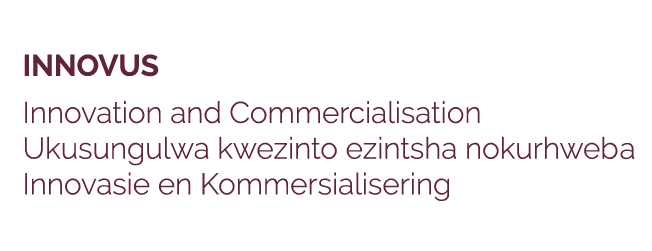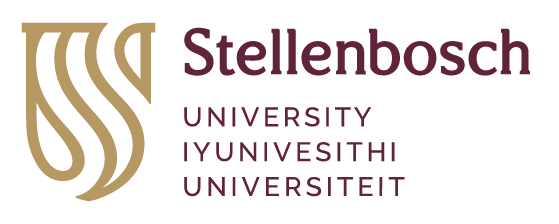SharkSafe Barrier: The solution to keeping beachgoers safe and conserving sharks
The world's oceans boast more than 500 species of sharks, beautiful and majestic creatures that range from just under 18 cm to just under 12 m (seven inches to over 39 feet).
As apex predators, sharks play a pivotal role in keeping our oceans balanced, as they affect the vast number of marine species lower down the marine food chain, which could collapse without sharks.
There is a considerable amount of scientific research that substantiates the imperative to protect and conserve sharks. Of the 500 shark species, less than 10 are considered dangerous when encountered, yet most people have an overwhelming fear for sharks. Sharks are by far one of the most scrutinised and analysed marine creatures featured in documentaries, television programmes and films. The media's stereotypical portrayal of sharks as dangerous predators keeps the ability of sharks to inflict damage uppermost in our minds. Think about the 1975 thriller film, Jaws by Steven Spielberg - and what may come to mind are those persistent bass notes and visuals of a giant white shark attacking beachgoers of the film.
Enter the SharkSafe Barrier™
The developmental journey of the SharkSafe Barrier (SSB) started in 2012 when Stellenbosch University (SU) researchers Dr Sara Andreotti and Prof Conrad Matthee from the Department of Botany and Zoology, along with international marine biologists and conservationists wanted to make beaches safer for bathers and surfers with their SharkSafe Barrier™ (SSB) innovation.
The SSB is a scientifically-tested, eco-friendly magnetic barrier that bio-mimics a thick kelp forest. It is an effective solution to deter sharks, thus protecting people from shark encounters. Sharks cannot swim backwards, and white sharks avoid navigating through kelp in fear of getting entangled.
This high-technology product is being further refined by Dr Sara Andreotti and Prof Conrad Matthee, coastal engineer Laurie Barwell, and a well-known shark conservationist, Mike Rutzen.
SSB units are manufactured with high-density polyethylene and produced locally by Labscheme Allchem based in Maitland, Cape Town. When installed in the ocean, the SSB units are positioned one metre apart with large ceramic magnets staggered in the ocean-facing row. The magnetic barrier is installed behind the surf zone and has proven to deter sharks without harming other marine life.
The company was commercialised in 2014. Innovus provided commercialisation support, which included legal assistance, management of the intellectual property, company administrative and registration, and securing two rounds of funding from the Technology Innovation Agency (TIA).
St. Paul in Reunion Island installation
The SSB is now being tested at Reunion, a French island in the Indian Ocean between Madagascar and Mauritius. After an international collaborative agreement was entered into with the CRA (Centre de Ressources et d'Appui à la Gestion du Risque Requin) - Shark Risk Management Centre in Reunion the company installed a 10m X 10m barrier during January 2019. The installation is a field test conducted at Saint-Paul, on the west coast of Reunion to test the effectiveness of SSB with bull sharks. A key reason for the interest shown by the Reunion administration in the SSB is the protection of the island’s main economic contributor, the tourism sector.
According to Dr Sara Andreotti, who is also the company’s COO, tourists to Reunion totaled almost half of the population on the island in 2014.
"Reunion Island was once a surfer’s paradise; now it has become famous as a holiday island that ordered its residents and tourists to stay out of the water," Dr Andreotti says.
Between the years, 2007 and 2016, Reunion saw seven fatal shark encounters and 14 non-fatal shark encounters. The economic impact on the tourism sector has been a reduction in tourist bookings by 40% per shark encounter. These encounters took place over a coastline of approximately 207km, which is a 10th of South Africa's 2,500km coastline.
Dr Andreotti explains that the fear associated with sharks has a negative impact socially and economically. "The negative publicity associated with negative encounters with sharks has caused a knock-on effect that resulted in a decline in tourism revenue, which also impacts local businesses."
According to the company's CEO, Prof Conrad Matthee, this was the first installation of the SSB outside of South African waters. Prof Matthee explains that the traditional shark mitigation products installed to reduce the number of sharks, such as nets and baited hooks also cause the death of other marine life: "The Kwazulu Natal-Sharks Board has 37 beaches protected by nets, and 107 drum lines stretched across the coastline." Neither nets nor drumlines form a complete barrier; hence, alternative innovations are in demand globally.
Crowdfunding campaign
The team is currently working on improving the robustness of the SSB technology for installation in sandy waters by adapting the anchorage system. For this and for the expansion of the team’s conservation and beachgoer safety efforts, it is targeting to raise R350 000 on the online crowdfunding platforms Thundafund and Indiegogo. The crowdfunding drive is scheduled to go live in August.
By increasing the demand for its product, the team aims to have a tri-positive impact: firstly, on the environment by conserving sharks and other marine life that will no longer be caught in shark nets, secondly on society by making swimmers and surfers shark-safe and encouraging shark-love instead of shark-fear, and thirdly, on job creation by increasing the global demand for the SSB, which would make a positive contribution to the South African economy.
Anyone keen to learn more is invited to reach out to the SSB team and visit the company’s website at
www.sharksafesolution.com.
Alternatively, those who are keen to keep up to date with the company’s crowdfunding campaign, progress and news can connect with the company via its social channels:

